Last Updated on May 1, 2025 by Michelle
What flour mill is best for me? Impact vs stone mill
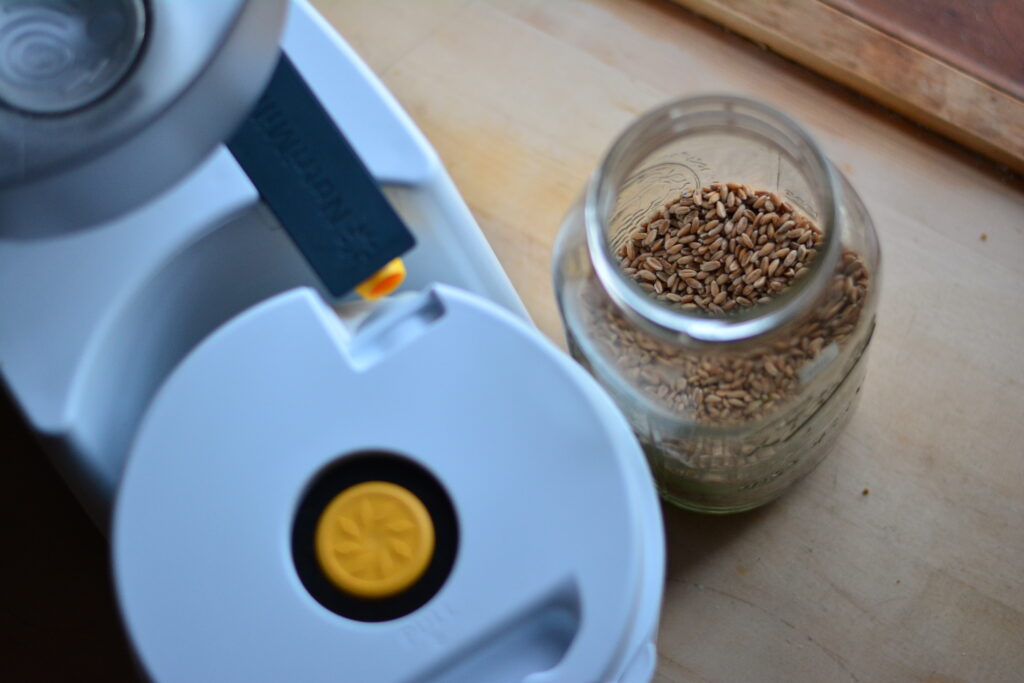
I recently recorded a podcast episode that goes into more depth about my thoughts on all of this:
Episode 161: Unpacking the Truth About Fresh Flour–listen on Apple Podcast OR spotify or find other options here.

What are stone mills?
At their most basic form, stone mills are simply two stones grinding together to turn grains into flour. Back in the day, stones would be rotated by mules and other large animals. The huge stones would have grooves in them that allowed the flour to pass through the stones as soon as it was ground enough to be flour.
Nowadays, we have a much smaller, electric version of these same mills on our countertops. Back in the day they used only natural stones for milling, which needed to be sharpened and the grooves in the stones re-cut to allow the mill to continue grinding grains. These days they use a self-sharpening stone (that also happens to be very durable) so we don’t have to worry about keeping the stones sharp and ready to mill flour.
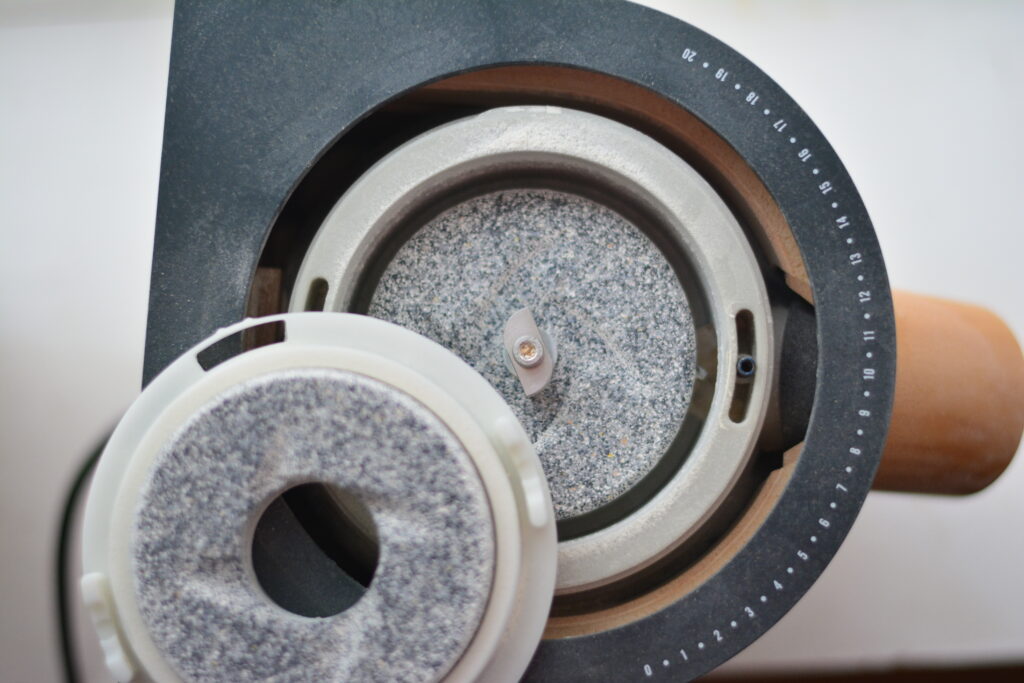
Generally stone mills keep the flour cooler than impact mills, although most modern impact mills have temperature controls, which keeps the flour at a reasonable temperature. Ideally, you don’t want your fresh milled flour to go over 120 degrees while milling in order to keep as many nutrients intact as possible.
The two stone mills I’ve used and recommend are the Nutrimill Harvest (less powerful and slower output of flour but so beautiful) and the Mockmill (powerfully engineered with a fast and reliable flour output with beautiful wooden options for a higher price tag).
What are impact mills? Impact vs stone mill
Unlike stone mills, impact mills use sharp steel milling heads to mill grains into flour. There are two sets of teeth-like rotating steel heads that spin around each other and crush and pulverize grains until they turn into a fine flour.
This process can heat up the grains a good bit, so check into if the impact-style mill you purchase has temperature controls built into their mechanisms, making sure your flour doesn’t overheat and loose nutrients while milling. For example, the Classic Nutrimill doesn’t allow extracted flour to be hotter than 118 degrees, which offers peace of mind that you’re getting the most nutritious flour possible.
Some folks will talk about stone milling as if it’s the only way to get a quality wholegrain flour as the end result. This confusion usually comes out of the fact that Impact or steel burr mills are used commercially to create powdery-fine flour devoid of nutrients. But if you’re using an impact mill at home, you’re able to keep all three parts of the wheat berry (the bran, germ, and endosperm) in your flour, resulting in the same, incredibly nutritious fresh milled flour that you’d also get from a stone mill. Don’t let the marketing confuse you–unsifted fresh milled flour from an impact mill will be just as nutritious as fresh milled flour from a stone mill.
The two impact-style mills I’ve used and recommend are the Nutrimill Classic and The Impact.
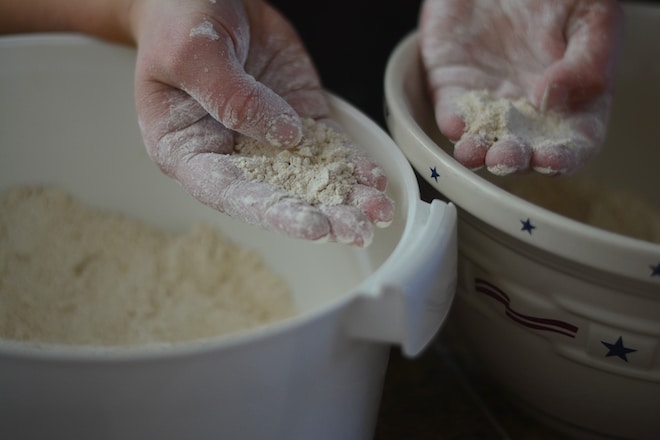
How is a stone mill different from an impact mill?
In general, stone mills offer a wider range of what you can mill and how course/fine you can mill them. Impact mills tend to make really fine flour, but can’t make courser flours or cracked grains. Stone mills also offer easier and more efficient adjustments (for example, I simply go off how the stones SOUND to know how fine/course my flour will mill at any given time). Impact mills tend to be harder to adjust, and it’s tough to know exactly what your flour will come out looking like because you can’t hear the difference the way you can with a stone mill.
Most stone mill designs are on-demand style (meaning you can mill your flour into whatever bowl you’d like to use and easily add or take away wheat berries as it’s milling), and most impact mills on the market are closed-canister style milling (meaning you add the wheat berries and they go into an attached canister where you won’t see the flour until it’s done milling and you remove the canister and lid).
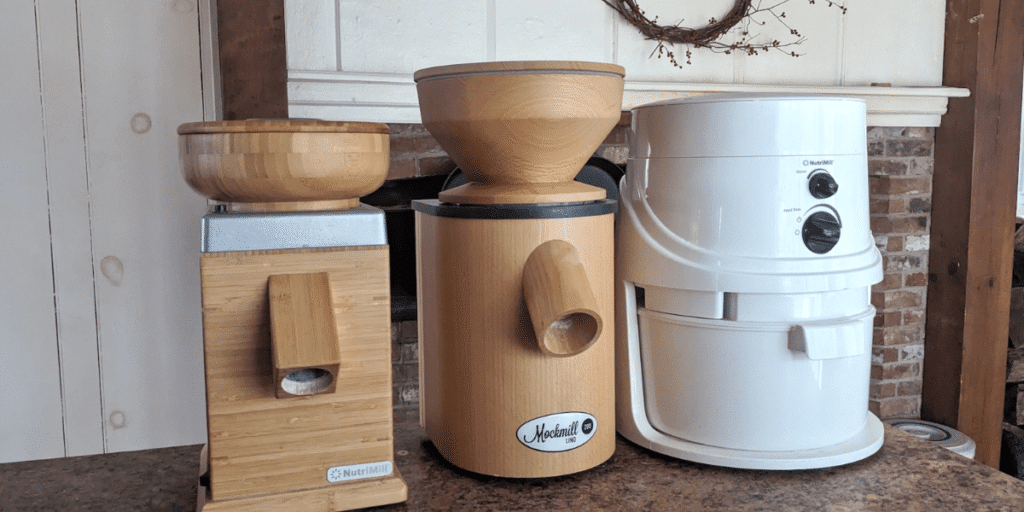
Impact vs stone mill: the milling differences
Impact mills should never be run without grain in the hopper, and should never be stopped mid-milling. You also don’t have access to the milling heads, meaning you can’t take the mill apart, whereas most stone mils you can take apart and see the stone milling heads. This isn’t normally a big deal, but sometimes it’s nice to see the inside of the mill and take notes of how certain grains impact (or don’t impact) your stones. The downside to stone mills is sometimes the stones can “glaze” over, or need to be “cleaned,” but milling rice will remedy that quickly and easily.
Stone mills should be turned on before adding grains, unlike impact mills. You should hear the stones turning before adding grains to the hopper.
Can I re-mill flour in an impact mill?
One huge benefit to stone milling is that most stone mills can easily re-mill flour without issues. Ground grains should never be run back through an impact mill as it would totally gum up the milling heads and render the mill useless.
(Although, I will add that re-milling grains usually won’t be necessary if you have a good quality flour mill. When I used my Nutrimill harvest, I found myself often re-milling my flour, but I’ve never felt the need to re-mill flour from my Mockmill, for what that’s worth.)
So overall, you have a wider range of what a stone mill can do, whereas you’re more “stuck” with the flour you get from an impact mill. But, in my experience impact-style mills tend to grind flour even finer than stone mills can, with just one pass through the mill.
Stone milling vs. impact milling is mostly a personal choice. They both have pros and cons, and they’re both good options for home flour mills. My daily-use flour mill is a stone mill. My deciding factor for this is because I can use whatever bowl I want to mill my flour into, without having to clean lots of parts like I would with an impact mill (the canister, lid, filter, and filter cups need to be cleaned after each use). The on-demand style of stone flour mills is my personal preference.

Does a stone mill or an impact mill make finer flour?
In my experience using from two different impact mills and two different stone mills, impact mills make finer flour with minimal effort. Stone mills can definitely make fine flour, but you’ll have to pay more attention to how you’re milling the grains to get a fine flour. Impact mills allow you to just turn a knob, wait, and get powdery fine flour.
That’s why, in general, I recommend impact mills for beginning millers. They’re easy to use and understand, make really fine flour effortlessly, and they also tend to be more budget-friendly.
However, stone mills tend to be prettier, offer a wider range of textures and coarseness you can mill, and make fine flour with just a little more effort/know-how.
More like Impact Vs. Stone Flour Mill:
- Why I started milling my own flour
- The ultimate guide to choosing a grain mill
- Sourdough bread made with fresh milled flour
- 5 benefits to milling your own flour
- How to use a grain mill

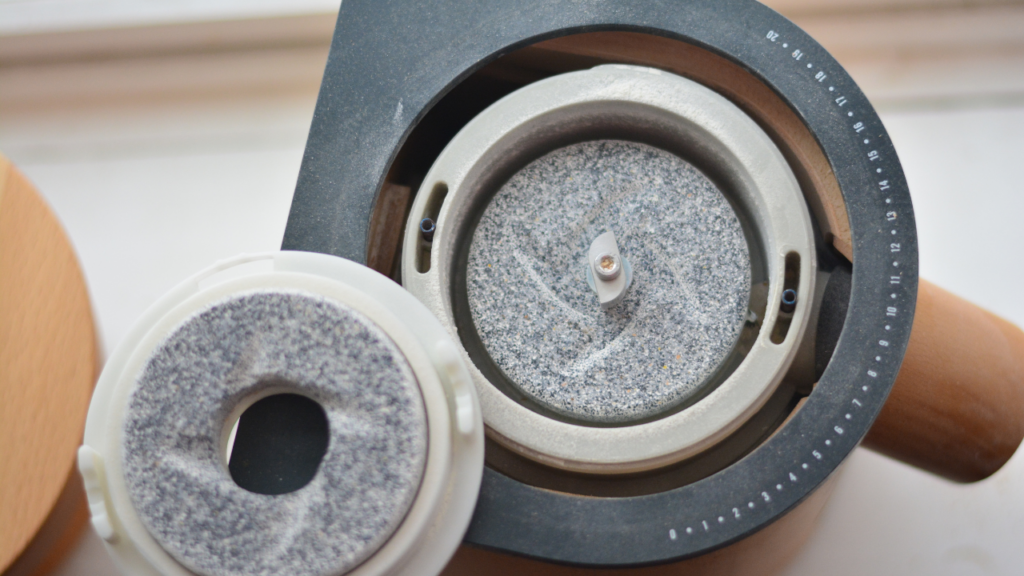


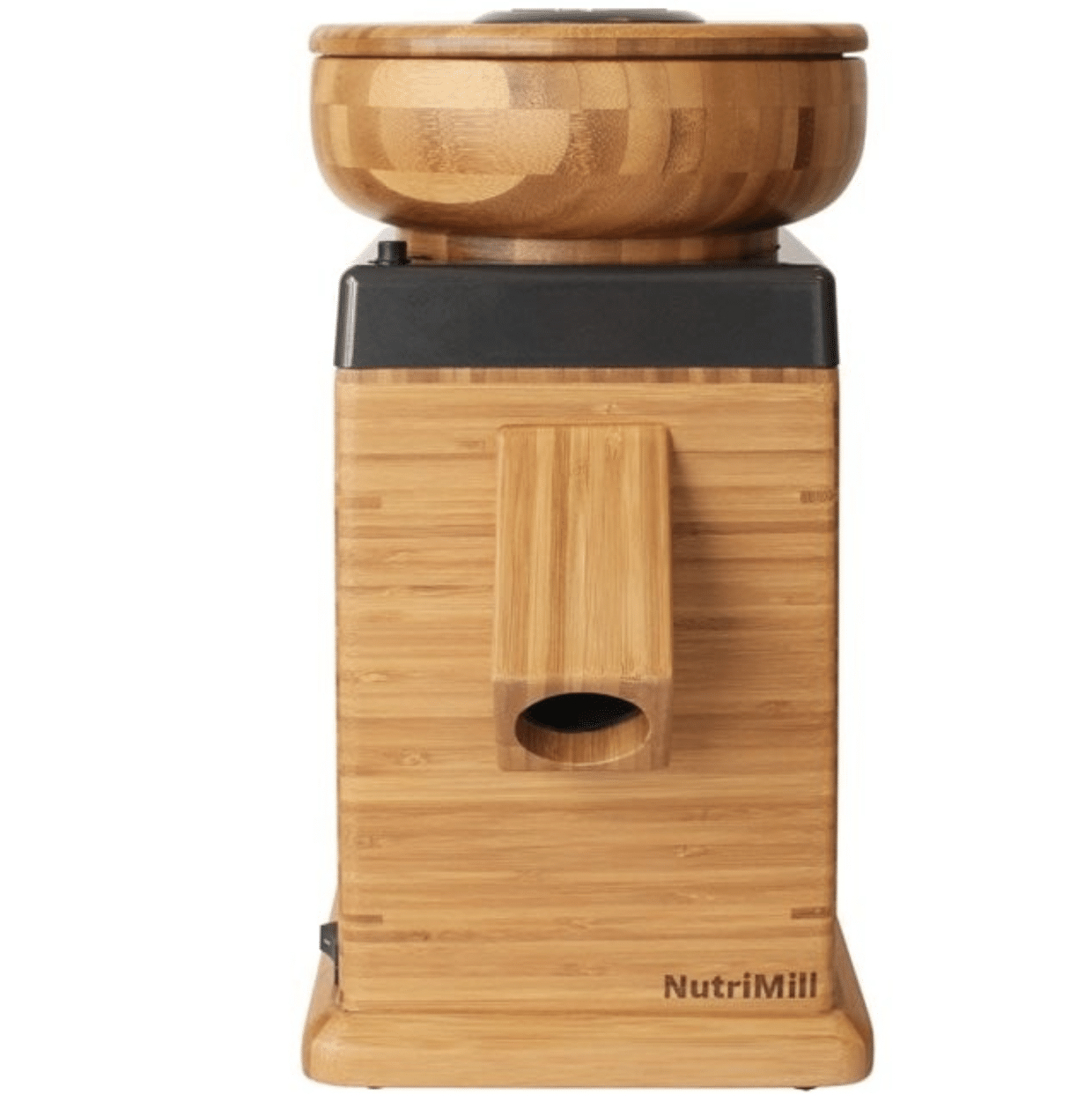


Michelle,
Where is the link to the cost-analysis article?
Also, I bought a metal Kitchen-Aid flour mill attachment. Do you have any thought on it?
I believe I saw NutriMill makes a KA milling attachment. Do you know anything about it?
I had no idea there were so many different kinds of mills ! Thank you for the breakdown !
anytime… it’s a topic I love talking about 🙂
I just got my mill for Christmas. Now I’ll have to do the deep dive into using it and altering my recipes for fresh flour! So excited!!
YAY!! So exciting!
Your blog post helped me decide which mill I wanted to get…thank you! I’m enjoying using it and trying to learn what all I can do with it now!
So interesting! I didn’t even realize there was stone mills I can get to use in my own kitchen now!
It’s amazing honestly
I’ve always wanted a stone ground mill and could never get one. I think it’s the absolute best tasting and healthy food!
Fresh flour is amazing… and home grain mills are much more affordable now than they used to be!